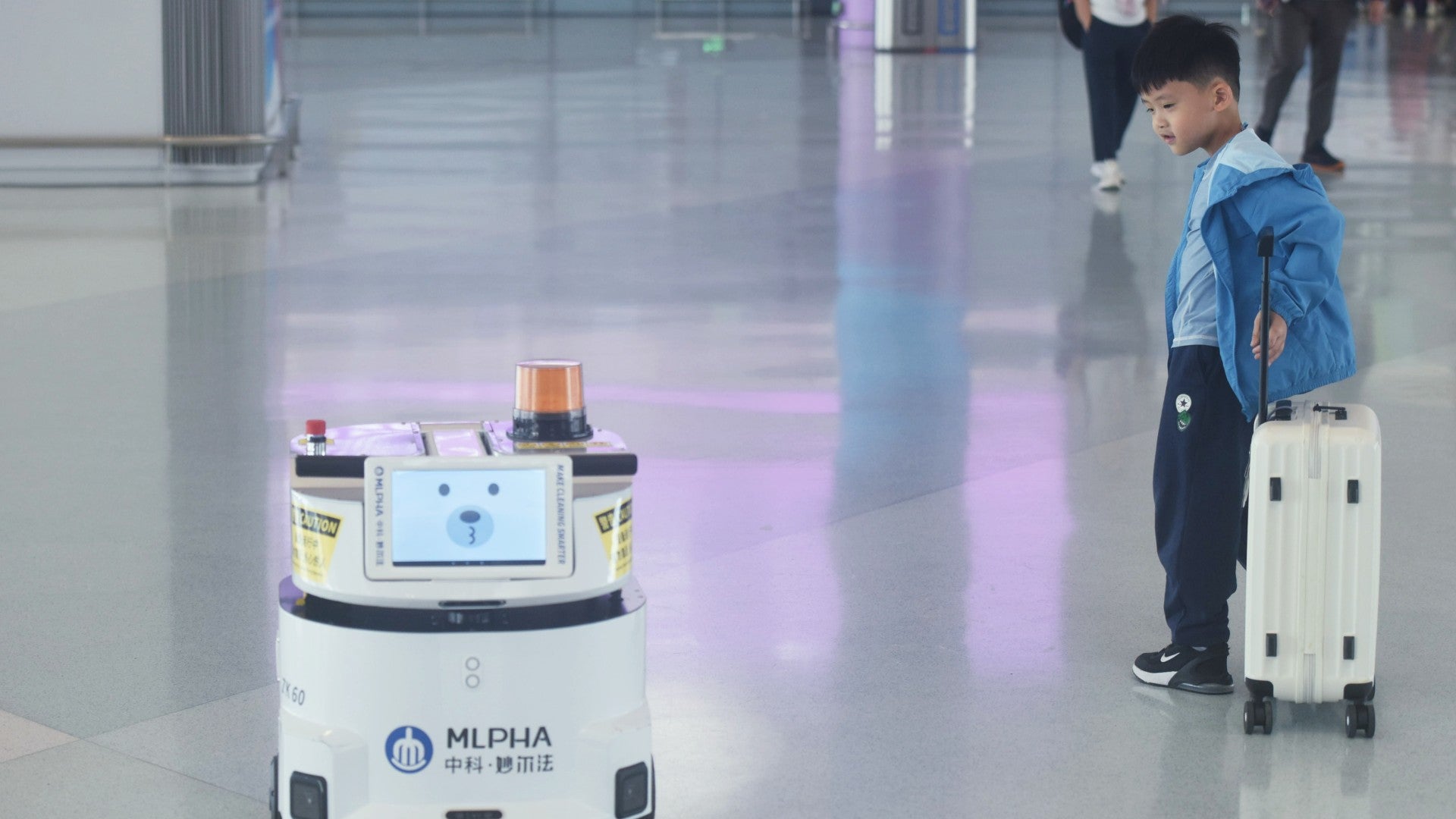
Robotics is a surprisingly old discipline, arguably beginning in ancient Egypt, where human-esque figurines were built into water clocks to automatically strike bells on the hour. The human obsession with the creation of ‘automata’ runs throughout human history, but the first recognisably modern robots did not appear until the 20th century.
Since the introduction of the term robot by Czech author Karel Capek in 1920, the allure – and use – of mechanical aids has only grown. Today, the robotics industry is worth over $63bn, and is expected to reach $218bn by 2030. A new GlobalData Thematic Take, Unlocking robotics’ full potential, explores the increasing importance of these machines in all sectors of industry.

Discover B2B Marketing That Performs
Combine business intelligence and editorial excellence to reach engaged professionals across 36 leading media platforms.
Robotics developments broadly fall into two camps: robots intended to enhance human activity and those intended to replace it. Most industries utilise a mixture of the two, though it is likely that if artificial intelligence (AI) continues to develop at the current pace the latter will increase in prominence.
For instance, in the healthcare sector, current major applications of robotics are surgical – featuring robotic arms that doctors manipulate to perform keyhole surgery – and manufacturing-based – providing inspection, cleaning and delivery, all though largely automated processes.
As AI develops, the report suggests, efficiency will continue to increase and potentially allow for greener drug production by making the maintenance of cold chains, which are essential to some drugs, easier to maintain.
Robots are also involved in the cutting edge of health tech, including Bionaut Labs’ eponymous micro-bots, which can be mere nanometres long and are currently being developed to enable complex brain therapies in regions that would otherwise be inaccessible.

US Tariffs are shifting - will you react or anticipate?
Don’t let policy changes catch you off guard. Stay proactive with real-time data and expert analysis.
By GlobalDataOn the other end of the size scale are robots used in power technologies. Sacros Robotics offers a range of machines, the largest of which is its Solar Construction System, used to simplify the placement of photovoltaic solar panels. The company claims that its system improves safety, productivity and quality.
Sarcos also produces robots with broader applications. Its Guardian XT is a remotely operated dexterous robot with the capacity to hold tools, lift up to 90kg (200lbs) and perform tasks like welding or remote inspection. Unlike some of its more specialised counterparts, though, it is operated with controllers and a virtual reality headset, maintaining the physical link between human and robot.
The company’s final notable product is its Guardian XO, a powered exoskeleton with similar capacities to the XT. In this case, however, the suit is worn directly by a worker, allowing greater flexibility. The suit can even be locked, allowing its wearer to directly use their hands should a task require a greater level of dexterity than the suit can provide.
Much of this technology is also applicable to the mining industry, as it shares similar field conditions and needs for safe operation of heavy machinery. Drones are also increasingly playing a key role in mines, replacing humans in the work of monitoring, inspection and rock blasting. In this field, GlobalData reports that quality and reliability are key considerations, as mines are often remote locations where on-site repair is difficult.
There are also clear safety benefits to mechanisation in mining, where the aim is predominantly to remove humans from as much of the process as possible. Borterra’s RodBot allows remote drill-rod handling and insertion, with three options ranging from fully manual to fully automatic, following a pre-programmed route. Borterra claims that rod and casing handling accounts for over 90% of drilling-related injuries.





